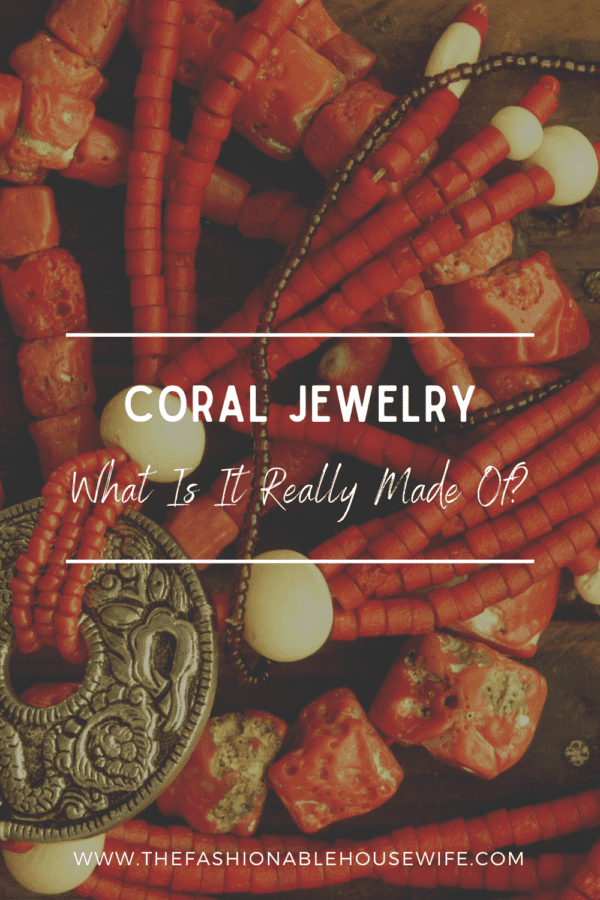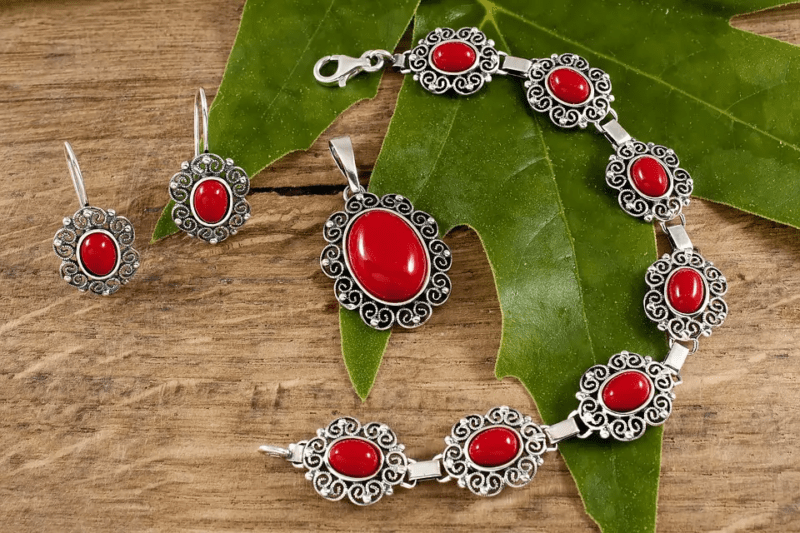
Many people are unaware that corals are manufactured by living animals, despite the fact that they are widely used as jewelry, home décor, and souvenirs. Even fewer people are aware that corals are disappearing globally at alarming rates.
Coral reefs are among the most biologically diverse and commercially significant ecosystems on Earth, yet they are under threat from a wide range of factors, chiefly from pollution, unsustainable fishing, and global climate change. Another factor causing the deterioration of coral reefs is the high consumer demand for coral, which peaked during the Christmas season. Tons of dead coral are imported into the United States annually for use as house decor and curios. These corals are primarily shallow-water species.
Red and pink corals called Corallium are frequently used to make jewelry, and the U.S. is the world’s largest documented consumer of them. This kind of coral is used to create finished jewelry and works of art that sell for anywhere between $20 and $20,000. The continued demand from consumers is a factor in the global decrease of these delicate corals.
The main mineral component of precious corals is calcium carbonate, which gives them a hardness of 3 on the Mohs scale, making them relatively durable but yet soft compared to most gem materials. They can occasionally have a very intense color, which makes them more alluring. The most expensive of all priceless corals is red coral, or Corallium rubrum, a branch-forming coral species found in the Mediterranean Sea. The nicest shape of coral stone is called Lakshmi coral, often referred to as triangle coral. This triangular red coral gem is thought to be governed by the goddess of riches, Lakshmi.

It is not the actual gem if the surface is uneven and covered in lumps or grains. Even when viewed with a powerful magnification, real coral beads have a smooth surface. The same is true for corals that have surface dents or holes. You should be able to feel how smooth your beads are when holding them.
Corallium has had a gradual decline in colony size, density, and age structure due to commercial harvesting to meet the demand for italian coral jewelry. The ability of this species to reproduce as well as its genetic variety are both being reduced by harvesting. According to research, corallium in the wild are getting smaller and smaller as a result of the removal of red and pink corals for the international jewelry and art trade.
Corals have incredibly sluggish growth rates, a very long lifespan, and a lengthy maturation period. Corals take decades or more to build the structures of the reef. Coral beds nearby frequently do not regenerate after being harvested, especially if it is done at a young age. It is best to let corals and other marine life alone on the reef because of this. Don’t forget that corals are already a gift. Don’t present them as gifts.





